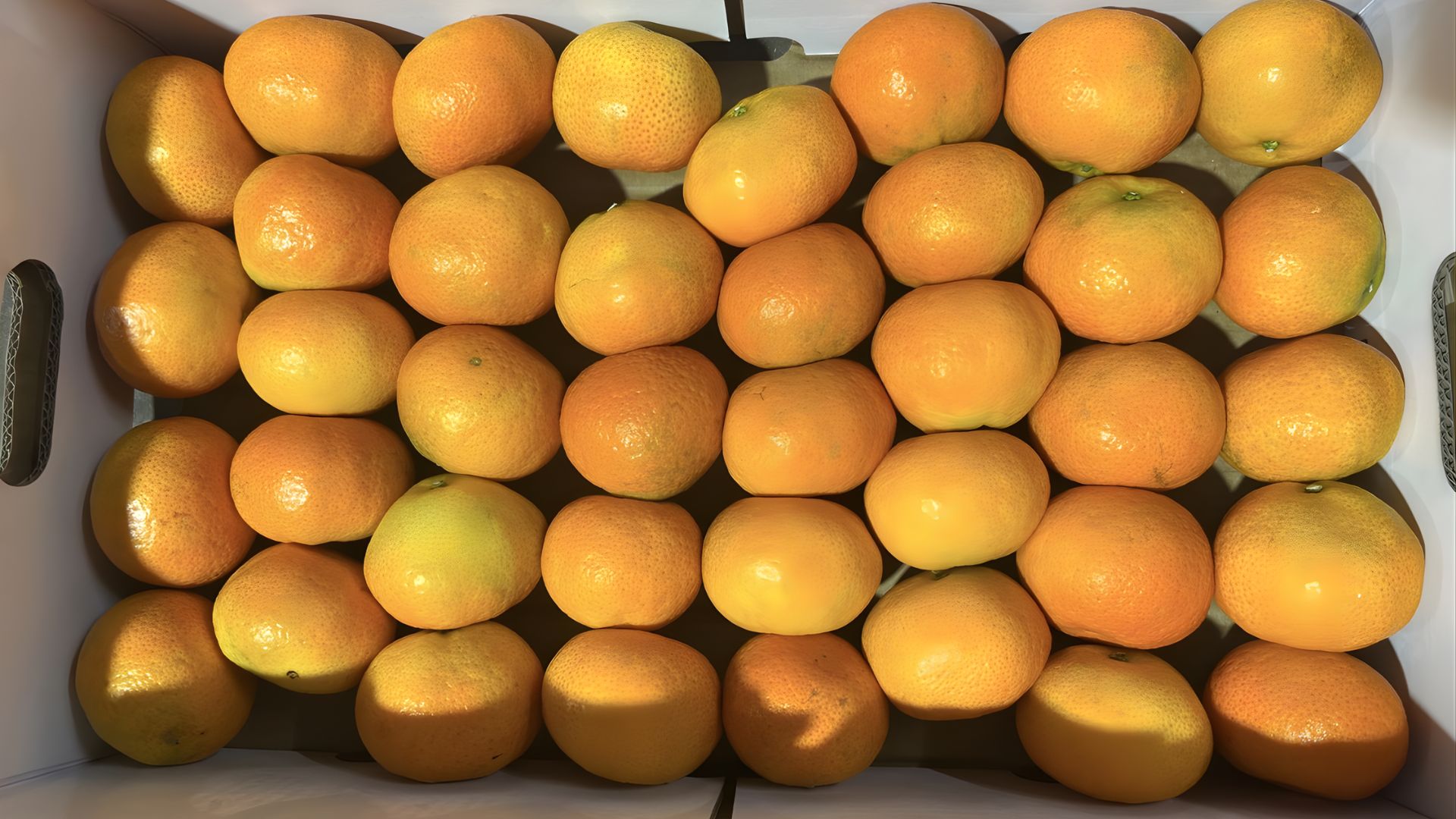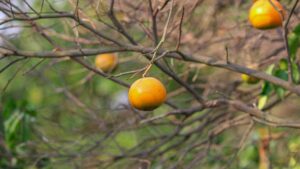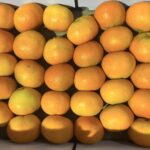Chinese mandarins are entering India’s markets early this season, competing closely with South African imports, and buyers are closely evaluating quality and price, says Bhavey Pilani of Fruitsify. “While volumes are still building, the market shows sensitivity to size, sweetness, and visible fruit condition as key buying factors.”
According to Pilani, this season’s mandarin arrivals from China have demonstrated strong sweetness levels with Brix values trending higher than usual, but there is one challenge: “Chinese mandarins typically have thin to medium peels, making them attractive but susceptible to bruising during transit. Maintaining a strict cold chain and proper handling is critical.” Pilani explains that Chinese fruit sometimes exhibits superficial rind scuffing, greening, and occasional decay due to sorting quality, but tight sizing and careful culling help reduce rejection risks.
In terms of pricing, South African mandarins currently trade at around USD 18 to 20 per 10 kg carton in India’s wholesale markets, Pilani shares. “Chinese mandarins, still in the early season phase, are traditionally priced lower than their South African counterparts. But mandarin demand overall remains very strong. There is a noticeable shift from oranges to mandarins in consumer preference, which should be factored into category planning.”
Fruitsify sources mandarins from Chinese provinces including Guangxi, Fujian, Jiangxi, and Sichuan. “Guangxi leads in both production and volume stability, while Fujian and Jiangxi provide brightly colored, retail-friendly fruit. Indian buyers weigh landed costs, quality consistency, and shelf life carefully in origin selection. Because of their thin peel, Chinese mandarins need superior packaging and faster shipping to maintain quality upon arrival,” Pilani highlights.
“Market feedback this year ranks South African and Australian mandarins as leaders in the premium retail segment with consistent quality and sizing. Chinese mandarins are favored for their early availability and competitive pricing, often considered the best value option in volume programs.”
Looking ahead, Pilani expects demand for high-quality retail mandarins to hold steady or increase slightly. Price fluctuations could arise from weather or logistical issues like port congestion. “Any supply slowdown from China could tighten availability and push prices upward, but steady imports will help keep prices moderate,” he concludes.

















Add comment